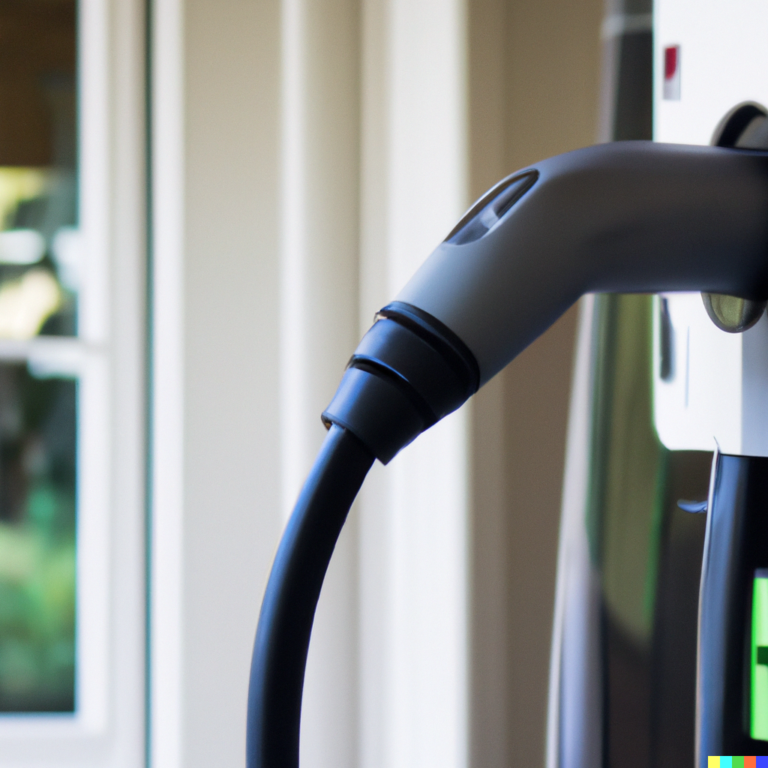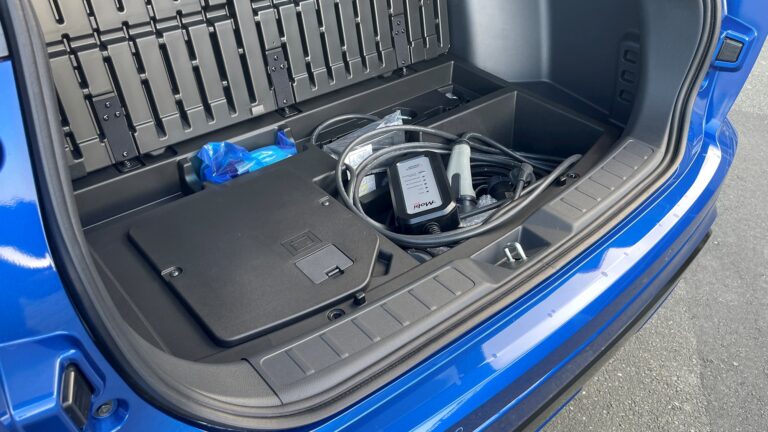
The electrification of vehicles is happening rapidly in America. In 2012, only 10,000 all-electric vehicles were sold. However, in 2021, the ev market jumped to 400,000 all-electric vehicles sold. There are just 6,000 Direct Current fast charging stations in the country, even with this rapid growth. These ev charging stations are essential for battery-powered cars. Without improved ev-charging infrastructure, the ev growth will stall. This means that there are still not enough places to charge these cars, which could lead to people being hesitant to buy them.
Inadequate EV Charging Station
On the other hand, it has more than 48,000 charging stations of all kinds strewn across the country. The majority of these are level 2, which takes a few hours to charge an EV. While this infrastructure is adequate for the current number of EVs on U.S. roads, it will need to be greatly expanded to accommodate a mass switch to electric vehicles. The United States has more than 150,000 fueling stations to refill its internal combustion engines that rely on fossil-fuel. This number of stations is necessary to accommodate a large number of cars and trucks that rely on fossil fuels. An adequate number of stations is essential to ensuring reliable transportation. Without an adequate number of stations, there would be a greater chance of delays and disruptions in service. This would lead to an overall decrease in the reliability of the transportation system.
As the number of electric vehicles on the road continues to grow, so does the demand for fast public ev chargers. The number of fast-charging stations has increased in the largest cities, but there is still not enough room for an influx of electric vehicles. The continued growth of electric vehicles could be hampered by the lack of a national electric vehicle infrastructure . Though electric cars have been gaining in popularity, when you get away from cities and urban areas, into most rural communities, there are few places to charge them. This leaves drivers of electric cars stranded if they venture too far from home. To allow electric cars to have safe passage, the chargers are strung along interstate highways. And even though EV stations are becoming more popular, they still have a problem that gas stations don’t: the charging process takes significantly longer. Even though Tesla’s superchargers are some of the fastest on the market, it’s still going to take 15 minutes to charge the vehicle enough to add a couple of hundred miles to its range. This means that people who are driving electric cars longer distances have to plan their routes somewhat differently since they will need to stop more often to recharge.
Jeremy Michalek, a professor at Carnegie Mellon University and the director of its Vehicle Electrification Group, believes that the charging infrastructure in America is not developed enough to support a nationwide transition to electric driving. He claims that electric cars require a much denser network of electric vehicle charging stations than gas stations, which would be costly and difficult to implement on a national scale. He states that this lack of infrastructure is a major obstacle preventing a more widespread ev adoption. Although the initial investment in electric vehicles may be high, there is still time to catch up because not all Americans will embrace EVs at once. The gradual transition to EVs will give automakers and consumers time to adapt. Most early adopters were those with access to a charger at home in their garage, parking garages or parking spaces. This means that there are still plenty of people who could be convinced to switch to EVs, especially as charging infrastructure becomes more widespread. The owners of those electric cars never have to worry about running out of battery power and only need to use public chargers when they’re leaving town for an extended period of time. As ev sales increases in the United States, the current infrastructure will not be adequate to support the demand. More charging stations will need to be built, and the existing ones will need to be upgraded to handle the increased number of EVs on the road. Michalek insists that the US must make a federal funding a priority for increasing the number of chargers at rest stops along highways that see a lot of traffic, especially as more and more people are turning to electric cars for summer road trips.
EV as an option
As more and more Americans begin to seriously consider owning an electric vehicle, the problem of charging dead zones will become increasingly apparent. Electric vehicles require a reliable and robust network of charging stations in order to be practical for widespread use, but currently, there are large areas of the country where EV owners would have difficulty finding a place to charge their cars. While there are some private companies working on solutions to this problem, it will likely take a concerted effort from local governments and the federal government to build a national network necessary to make electric vehicles a viable option for American drivers. If renters do not have the option to install a home charger, they may be hesitant to go fully electric until they feel confident that a public plug will be available when they need it. While public charging stations are becoming more common, there are still not enough to meet the needs of all-electric vehicle owners. Making the switch to an electric car can be anxiety-inducing for many drivers. The reason for this is that electric cars are a relatively new technology, so there is less familiarity and understanding of them. Additionally, there is a fear of the unknown when it comes to electric cars, as people are unsure of how they work and what kind of maintenance they require. Finally, there is also the financial cost of switching to an electric car, which can be a deterrent for many people. As the number of households with only electric vehicles increases, it will be essential that people can travel to all the places they need or want to go.
Plan to Increase Charging Station Infrastructure
The United States Congress passed a federal infrastructure investment bill that set aside $7.5 billion. President Biden wants to have half a million charging stations for electric vehicles around the nation. This would allow electric vehicles to be more easily chargeable no matter where they were located, making them a more viable and practical option for American consumers. The bill is a major step forward in meeting the President’s ambitious climate goals and will go a long way toward emissions reductions in the transportation sector. In the best-case scenario, Michalek envisions a public-private partnership that would build a robust national charging network. This network would enable the widespread adoption of electric vehicles and help to create a more sustainable future with fewer greenhouse gas emissions.
Under the Biden administration, electric vehicle charging plugs will be installed throughout rural areas to encourage the use of electric vehicles. Companies constructing charging stations across America will have a strong incentive to fill in the country’s biggest cities and miles of highway, making it easier for people to switch to electric vehicles. This will help to increase the number of electric vehicles on the road, reduce emissions from traditional petrol and diesel vehicles, and make America a leader in the global fight against climate change. In the end, electric vehicle charging companies charge customers based on how many kilowatts of energy they use. This allows the customer to only pay for the power they consume, and not a set price for using the charger. This is very similar to how electric utilities are priced. Therefore, customers need to be mindful of how much energy they’re using in order to avoid high costs.
Most new electric vehicles on the market promise a minimum of 250 miles on a full charge, and that number is only expected to increase in the future. With advances in technology, electric vehicles are becoming more and more popular choices for consumers looking for an environmentally-friendly option. The more cars that can go without charging, the less anxious the drivers will become. It’s an ambitious goal, but an electric-car country needs a lot of plugs, and soon.


